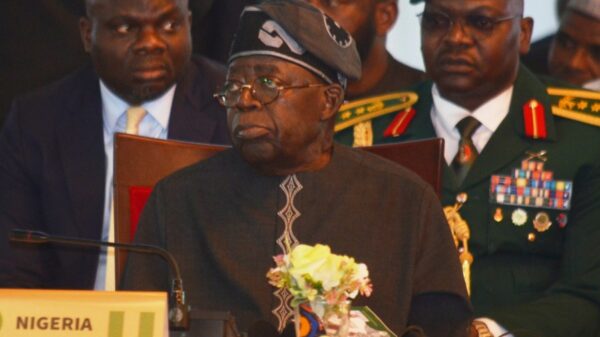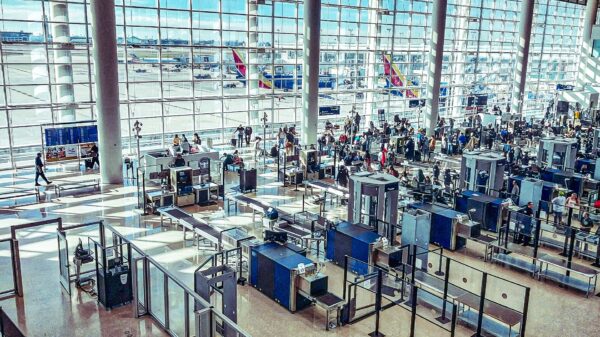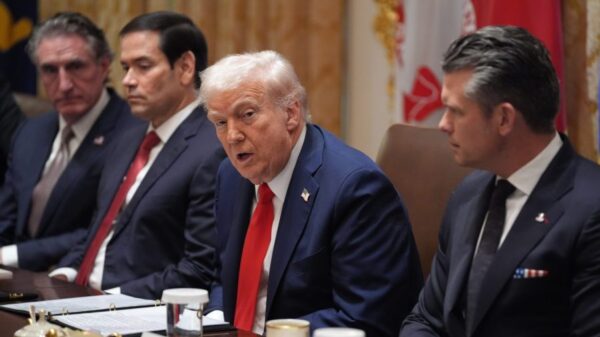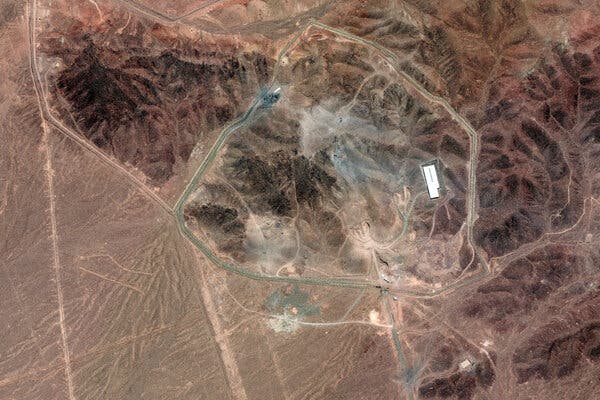A recent assessment by U.S. intelligence indicates that the Fordo nuclear enrichment facility in Iran sustained significant damage from a series of airstrikes conducted last month. Twelve B-2 bombers dropped massive bombs on the site, leading to what officials describe as potentially crippling damage to one of Iran’s most secure nuclear sites.
While two other nuclear facilities targeted in the strikes were not as severely impacted, key components essential for fabricating nuclear weapons were destroyed. According to U.S. officials, rebuilding these facilities could take years, effectively hindering Iran’s nuclear ambitions in the near term.
The assessment suggests that the airstrikes did not completely eliminate Iran’s stockpile of near-bomb-grade fuel, which could potentially be used to produce more than ten nuclear weapons. However, U.S. officials emphasize that without the infrastructure to manufacture a nuclear weapon, this fuel would be relatively ineffective, even if Iran manages to recover it from the rubble.
Implications for Iran’s Nuclear Program
The bombings at Fordo have raised questions about the future of Iran’s nuclear program. The facility, considered by Iranian authorities to be their most advanced and well-protected site, likely faces years of operational setbacks. U.S. and Israeli officials report that Iran continues to retain a stockpile of uranium enriched to 60 percent purity, just shy of the level typically suitable for weapons-grade material. However, they believe that much of this stockpile is now buried beneath debris.
Israeli officials contend that the only accessible uranium stockpile remains at Iran’s laboratory in Isfahan, following the recent strikes. This situation raises critical questions regarding the long-term impact of the strikes on Iran’s nuclear capabilities and whether the existing uranium can still be utilized for weapon development.
The ongoing debate within the U.S. government centers on how much the strikes have delayed Iran’s overall nuclear program and its capacity to use its existing uranium for crude bomb production. As discussions continue, the focus remains on the strategic implications of these military actions and their effectiveness in curtailing Iran’s nuclear aspirations.
The developments surrounding Iran’s nuclear program and the international responses to these events will be closely monitored in the coming months, as the ramifications of the strikes unfold and the geopolitical landscape continues to shift.







































































